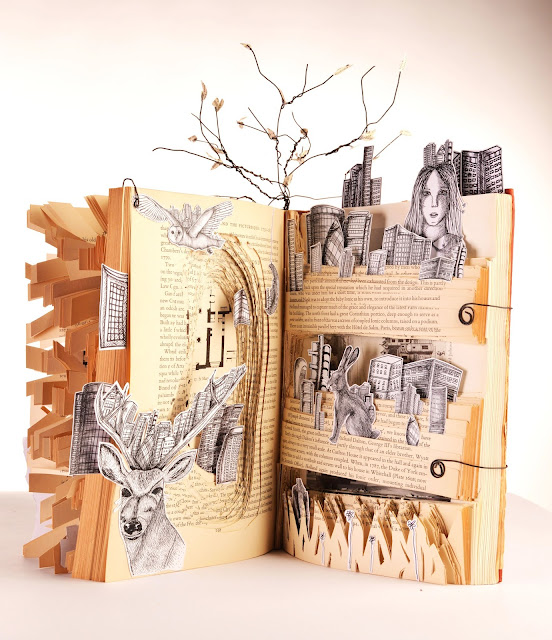 |
| James Hancock Illustration http://jamesgulliverhancock.com/books/ |
 |
| Matthias Heiderich - Graphic architectural photography |
 |
| Ray Phillips Graphic and Mixed Media artist http://www.rayphillips.com/galleries/04/3_ray_phillips_desire_III.html |
 |
| Zimoun - Sound Sculpture |
 |
| Teh Chankerk - painting |
 |
| Samantha Fortenberry http://www.samanthafortenberry.com/counterpart--nsfw.html |
 |
Kerrie Jane Stritton - Architectural Painting
|
 |
| Kerrie Jane Stritton - mixed media illustration |
 |
| Alina Zamanova Art Fashion Illustrator |
 |
| Iris Van Herpen - constructed fashion |
It is good to see such a wide range of final ideas, studies and possibilities beginning to take shape.
To complement your final piece you need to compile 2 pages of research into an Artist/Designer whose work is closely associated with the approach taken in your final piece - so this could be a Fashion Designer, Fine Artist, Illustrator or Graphic Designer for example.
There are a variety of potential research sources illustrated above (and included in previous posts and list within the project brief). If none of these feel like a good fit with your own creative direction then find your own.
As usual with research pay attention to visual presentation/layout. Get a range of good reproductions of the Artist's work, keep pages busy, but in sympathy with the style of the work you are studying.
Written content is important, engage your brain, don't just lift from the internet.
You should make sure you do the following within at least 500 words, more would be good:
This will complete your research for this project, in total you should have looked at: 2 Modern Architects, 1 Paper Engineering Artist,( we have yet to produce the practical for this) 1 Mixed Media/Collage Artist or Illustrator and 1 Artist specific to your Final Piece. Please make sure you are up to date with this.
|

















